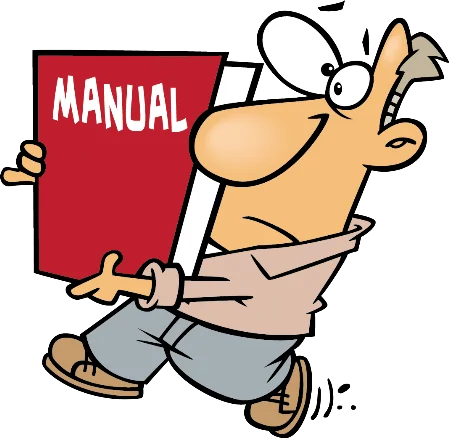Cost Terms Transcript
Introduction Cost Accounting > Cost Terms

Much of what we've done so far in Managerial Accounting has been to introduce you to new terms.
This video will be much of the same because there are some important terms we need understand in order to understand how costs behave and how they affect decision-making.
The first two terms we need to understand are controllable vs. uncontrollable costs. Controllable costs are those costs which management can influence or change. An example is salary expense. If expenses are too high, management can reduce the workforce either through layoffs or pay cuts Uncontrollable costs are those costs which management cannot influence or change in the short-run. An example might be property tax expense. If this expense is too high, there is little management can do about it in the near future. However, in the long-run, management may decide to relocate operations to a lower tax municipality. Therefore almost all costs are controllable in the long-run.
Next, let's look at two cost terms we need to understand. They are relevant vs. irrelevant costs. Relevant costs are important to decision-making. They are costs that differ between alternative choices. An example would be the price of a new car, If you were choosing to buy a new car and the prices were not all the same then the price of a car would be relevant to the decision. Cost differences between the new cars are known as differential costs.
Irrelevant costs are not important to decision-making but they are confusing to students. They are costs that do not differ between alternatives, like you've decided on a new car, but you can't decide between a red one or blue one. Well, if the price is the same for both, it is then not relevant to your decision. OK, that's pretty understandable. The irrelevant costs are known as sunk costs. These are costs that have happened in the past and cannot be changed by future decisions.
For example, in your new car purchase you intend to trade in your old car. The original cost of the old car is sunk and therefore irrelevant to your future decision.
Yet many struggle with that concept because how much you paid for it seemed relevant to you.
There are two ways the cost can behave. They can either be variable or they can be fixed. Variable costs change in total in direct proportion to changes in volume.
As volume increases, total cost increases. For example, McDonald's has many variable costs. One would be the cost of hamburger patties, As more hamburgers are sold, more patties are used.
So the hamburger patty cost would go up. Sell one hamburger, let's say hamburger patties cost a dollar, so the cost is a dollar. Sell two hamburgers and now the pattie cost is $2.00. Sell 100 hamburgers and now the patty cost is $100. You get the idea.
Fixed costs stay constant in total over a wide range of volume levels. So as volume changes, fixed costs do not. For example, McDonald's pays a store manager a fixed salary. The manager gets paid the same amount regardless of how many hamburgers they sell.
This is what a variable cost graph would look like. It's a movement upward as volume increases. This is what a fixed cost graph would look like. The movement is flat as volume increases.
Finally, some calculations to be familiar with. Total costs consists of fixed plus variable costs. Whenever we talk about total cost we mean fixed cost plus variable cost.
Average cost is when you divide the total cost by the number of units. This number is only relevant to decisions made at that level of volume. Finally, marginal cost is the cost of making one additional unit. Since total fixed costs don't change, the marginal cost is really the same as the variable cost.
And that concludes this video about different cost terminology.
